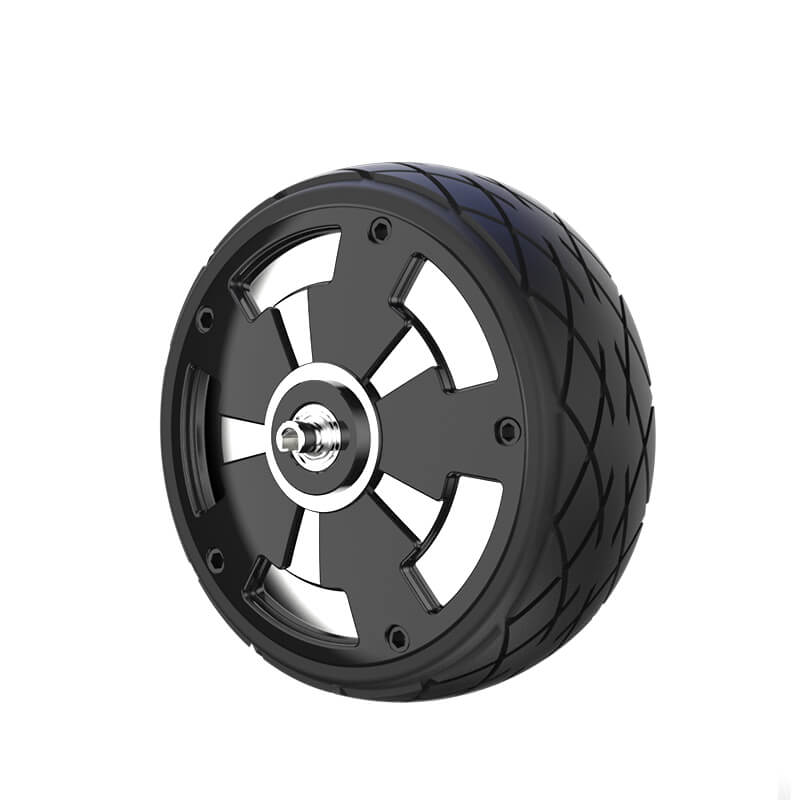Imagine this: you’re tinkering on your workspace, the glow of LEDs blinking, wires sprawled out like a mini city grid. You want to bring your robot arm or automated project to life—smooth, precise movements that make your creation truly stand out. That’s where the servo motor makes a real splash. It’s like the backbone of your robotics dreams, and pairing it with an Arduino opens infinite possibilities.

Now, a lot of folks ask, “Why choose a servo motor?” Well, think about it—what makes servo motors so special? They’re all about precision. Unlike regular DC motors that spin and spin, servo motors know exactly where to stop. They respond to signals, holding positions or rotating exactly as you ask. It’s like having a tiny, very obedient robot assistant that’s always ready to perform a specific move.
Plugging one into an Arduino? Piece of cake. You just connect, set your target angle via coding, and bam—your servo obeys immediately. Whether it's making a camera tilt, controlling a camera gimbal, or creating a robotic arm that mimics human movement, that combination is powerful. The best part? It’s budget-friendly. No need to blow a fortune to get precise automation.
But here's the kicker—you might wonder about the range of movement and torque. Some servos can only turn 90 degrees, perfect for light tasks. Others can reach a full 180 or even 360 degrees, enabling more complex actions. If you’re building a robot that needs to lift or push, check the torque specs. The heavier the load, the more beefy your servo should be.
And let’s not overlook durability. Good servo motors are built tough, with metal gears and reliable components to handle continuous operation. This means your project can run longer without worries about overheating or gear stripping. Plus, some models come with feedback capabilities, so you can get real-time position data—great for fine-tuned angles and high-precision work.
A quick tip: pay attention to power supply compatibility. Servo motors often draw more current than your Arduino can provide, so an external power source is usually best. That simple step keeps everything running smoothly, avoiding pesky glitches mid-project.
Ever wondered how to calibrate a servo? Easy—test it with small code snippets, gradually increasing the angle to see how the motor responds. It’s like a dance—once you get the rhythm, controlling it becomes second nature.
The real magic? When all those components click into place, your project transforms from static to dynamic. Think about DIY drone stabilizers or automated door openers—they rely heavily on well-matched servos.
Ultimately, you’re not just buying a servo motor; you’re investing in a tool that bridges your ideas and reality. A solid servo-Arduino combo paves the way for creativity without limits. Whether you’re an amateur builder or someone pushing for a slick prototype, this duo’s versatility is hard to beat.
So, envision your next project: a robotic arm reaching out precisely where you want, or a camera smoothly panning to capture that perfect shot. Everything starts with that tiny, mighty servo motor—your silent partner in innovation.
Established in 2005, Kpower has been dedicated to a professional compact motion unit manufacturer, headquartered in Dongguan, Guangdong Province, China. Leveraging innovations in modular drive technology, Kpower integrates high-performance motors, precision reducers, and multi-protocol control systems to provide efficient and customized smart drive system solutions. Kpower has delivered professional drive system solutions to over 500 enterprise clients globally with products covering various fields such as Smart Home Systems, Automatic Electronics, Robotics, Precision Agriculture, Drones, and Industrial Automation.




































